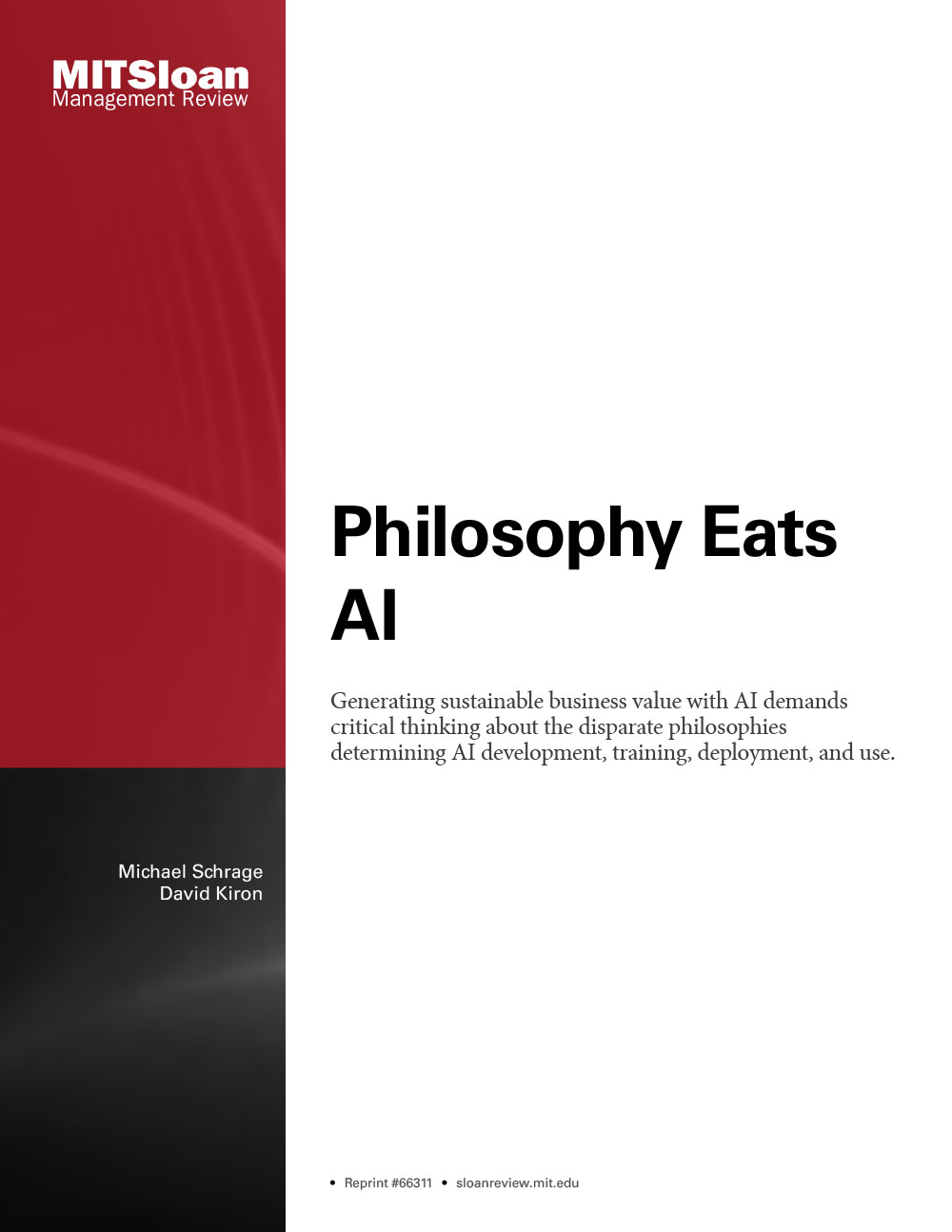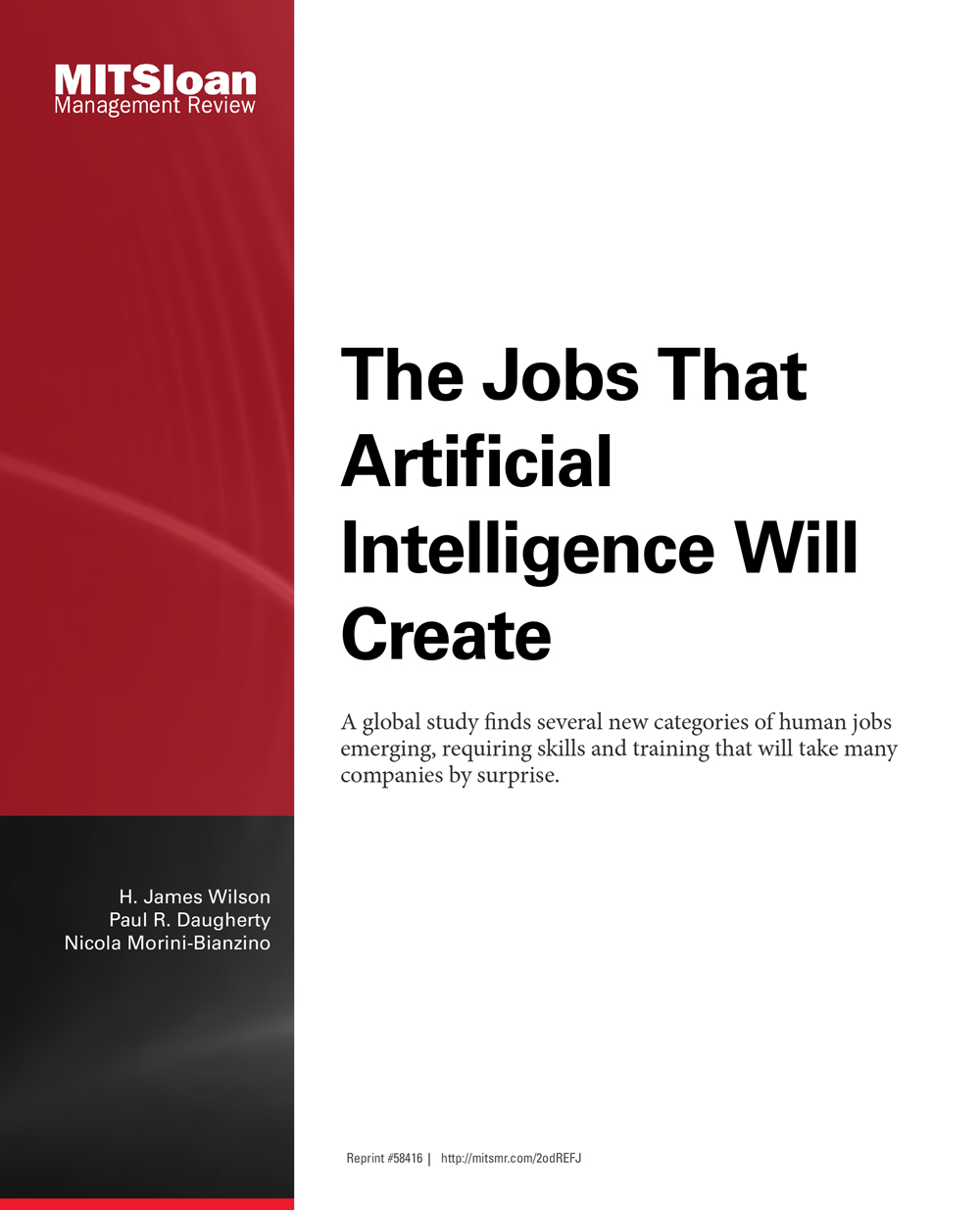
How 'Big Data' Is Different
Many people in the information technology world believe that “big data” will give companies new capabilities and value. But companies have been dealing with an exponentially increasing amount of data, and much of it in forms that are impossible to manage by traditional analytics. “Big data” includes information such as call center voice data, social media content and video entertainment, as well as clickstream data from the web.
The authors posit that organizations that are learning to take advantage of big data are beginning to understand their business environments at a more granular level, are creating new products and services, and are responding more quickly to change as it occurs. These companies stand apart from those with traditional data analysis environments in three critical ways.
First, rather than looking at data to assess what happened in the past, these organizations consider data in terms of flows and processes, and make decisions and take actions quickly. In addition, organizations already involved with big data are taking a lead on hiring–and training–data scientists and product and process developers as opposed to data analysts. And finally, advanced organizations are moving analytics from IT into their core business and operational functions. As big data evolves, a new information ecosystem is also evolving, a network that is continuously sharing information, optimizing decisions, communicating results and generating new insights for businesses.




